This is the second review in our series on Seachem’s new test kits; we began with a detailed review of their Calcium test , and today we will be talking about the combined test Magnesium, Carbonate and Borate.
Seachem ReefStatus Magnesium Carbonate Borate
As you can see from the picture, the test is packaged in a large, well-made plastic container. For the magnesium measurement we have two bottles, called “Magnesium 1 and Magnesium 2“, a vial called Magnesium Titrant, a certified solution of calcium and magnesium, some pipes, containers, and fiber wads. For carbonates and borate measurement, we have four bottles, labeled Borate Alkalinity Precipitant, Borate Alkalinity Indicator, Total Alkalinity Indicator, Alkalinity Titrant, as well as some containers and a syringe.
The certified solution of calcium and magnesium has 512 ppm of calcium and 1338 ppm of magnesium. We don’t need calcium for this test, but this is a clever, money-saving way for Seachem to produce a single solution that can be included with multiple types of ReefStatus tests.
This solution can be used to make sure the test is aligned before beginning the dosage. It can tell us if we are doing the test properly, and, after a few months, if the test is still good and reliable.
The test’s resolution is very high at 12.5 ppm, impressive when compared to the tests we have tried in the past, Elos has a resolution of 50 ppm, and Oceanlife, 20 ppm.
Inside the container, there is a sponge that securely holds all the components, preventing them from moving around and banging into each other, it is very practical and nice to look at.
Magnesium test
The magnesium test is labor-intensive and takes longer than similar tests from other brands, but it does go a lot faster if the measured value is accurate.
A wad of fiber must be inserted in the funnel filtration and pushed to the bottom; there is a small stick included in the package for this purpose. After that, the neck of the funnel must be inserted into the container labeled “collection vial”. Fill the test jar to the brim with the water you want to analyze and pour the content in the precipitation vial. Add 2 drops of “Magnesium 1“. Close the container, turn it upside down, and shake gently to properly mix the contents. Then set it aside and wait for a minute.
Pour the created content into the precipitation funnel (the one with the fiber). Wait until the content leached up to the indicated mark, taking care that the central part of the content is flush and not at the sides, being concave they will be higher. It generally takes 2-3 minutes and the solute should be clear.
Add 2 drops of the reagent “Magnesium 2” to the containers. Shake gently to mix the contents.
Fill the syringe with 1 ml of the solution labeled “calcium titrant”, then start to dose drop by drop (titration), until the solution turns from a pink color (given by the previous reagents) to blue. It is suggested to shake after every drop to allow the solution to mix fully. When you get to the blue-purple color, you will need to add just one final drop.
Now, every tenth of a milliliter corresponds to 125 mg/l. Every hundredth of a milliliter, or each notch, corresponds to about 12.5 ml, and you can estimate by eye even smaller values.
If the value of magnesium is greater than 1250 mg/l, or if you use all the liquid in the syringe, you will have to refill the syringe and then add up the values provided.
For example:
- Adding 0.70 ml we will have a magnesium value of 875 mg/l, and on the syringe being upside down will read .3;
- Adding 0.80 ml we will have a magnesium value of 1000 mg/l, and on the syringe being upside down will read .2;
- Adding 0.90 ml we will have a magnesium value of 1125 mg/l,and on the syringe being upside down will read .10;
- Adding 1.00 ml we will have a magnesium value of a 1250 mg/l; and on the syringe being upside down will be empty
- Adding 1.10 ml we will have a magnesium value of 1375 mg/l, and on the second syringe being upside down will read .90.
Plus, of course all the intermediate scales.
For the Magnesium test, the reference card does not have a color scale, as it is a tritrimetric test and there are no predetermined values, but an indication of how to perform the test correctly.
Total alkalinity test
Alkalinity test is divided into total alkalinity, borate alkalinity, and carbonate alkalinity. The tests are very simple, and much quicker than the magnesium.
Add 5 ml of the water sample to analyze to the vial of observation, using the simple measurement vial, of course you may also use a syringe for this, as I prefer to do.
Add one drop of Total Alkalinity Indicator and shake to mix the content.
Fill the syringe up to the value of 1 ml, with the solution called “alkalinity titrant“, then start to dose drop by drop (titration), until the solution changes from blue (given by the previous reagents) to yellow. It is suggested to shake after every drop to fully mix the solution.
Now every tenth of a milliliter corresponds to 1 meq/l. Every hundredth of a milliliter, or each notch, would correspond to about 0.1 meq/l, and you can estimate by eye even lower values.
If the value of the total alkalinity is greater than 2.50 meq/l, or when you are going to use all the liquid in the syringe, you will have to refill the syringe and then add up the values provided.
Translating from German to English, a 1 meq/l value equals about 2.8 dKH. So using a whole syringe, we will have 2.5 meq/l or about 2.5×2.8=7 (here is a helpful conversion tool).
Borate Alkalinity test
Add 5 ml sample of the water to analyze to the vial, using the simple measurement vial or a syringe as we mentioned before.
Add two drops of Borate Alkalinity Precipitant and shake to mix the content. Leave it for 5 minutes and then add a drop of Borate Alkalinity Indicator.
Fill the syringe up to the value of 1 ml with the solution called “alkalinity titrant“, then start to dose drop by drop (titration), until the solution changes from blue color (given by the previous reagents) to yellow. It is suggested to shake after every drop to fully mix the solution. When you get to the blue-purple color you will need to add one final drop.
Now every tenth of a milliliter corresponds to 1 meq/l. Every hundredth of a milliliter, or each notch, would correspond to about 0.1 meq/l, and you can estimate by eye even lower values.
Translating from German to English, a 1 meq/l value equals about 2.8 dKH. So using a whole syringe, we will have 2.5 meq/l or about 2.5×2.8=7 (here is a helpful conversion tool).
Generally, the borate alkalinity value is equal to about one tenth of the total alkalinity value.
Carbonate Alkalinity test
Simply subtract the Borate Alkalinity from the Total Alkalinity to find the Carbonate Alkalinity.
Accuracy
To evaluate the accuracy of Seachem ReefStatus Magnesium test we employed the help of two professional services, Triton and Fauna Marin.
We measured a sample of water of my aquarium, and then we sent the water to analyze it with both systems.
The results were the following:
- Seachem ReefStatus Magnesium: 1350 mg/l
- Triton: 1337 mg/l
- Fauna Marin: 1362 mg/l
I would say perfect results and absolutely in line with the professional tests. Top marks.
Below, I have attached the test instructions in English as issued by Seachem and enclosed with the test kit:
The results of the carbonates were the following:
- Seachem ReefStatus Total Alkalinity: 3.7 meq/l (10.3 dKH)
- Fauna Marin: 9 dKH
I would say perfect results and absolutely top marks again.
Below, I have attached the test instructions as issued by Seachem and enclosed inside the test kit:
In our package we didn’t find an expiration date, and all reagents are numbered with the lot number which they come from.
I would like to remind everyone that the tests, although they have a high number of measurements, should be used not more than 6 months from their first use, to assure accurate readings; incorrect storage can also offset the tests carried out. I recommend using your eye to evaluate the aquarium, do not only rely on the test, and if testing were to detect a patently incorrect value, test again and with other brands before making any big changes to the aquarium.
Given the 6 months of reference and the 75 measurements we would have the ability to perform almost one test per day, for a measurement cost of about 28 cents. Obviously, given the validated solution it will be possible to use the test for a longer period; though making a water validated rating is also a must. Potentially, this test could still be perfectly reliable even after a year or more.
Conclusions
The test is not cheap, it costs 65,00 euro ($72 US), but the price is justified by the overall accuracy, as Fauna Marin and Triton measured as well. The biggest problem is probably the test complexity and the need to have distilled water or high purity osmosis. It is great to have a certified solution in the kit that can validate our measurements even after many months of opening, making the ReefStatus used almost until the end of the reagents, and making an expiration date on the package unnecessary.
The test is very accurate, which is what matters most, we give the maximum value to the quality, though the price is steep. But, considering the test, extremely good!
[translated by Erika Castorina]

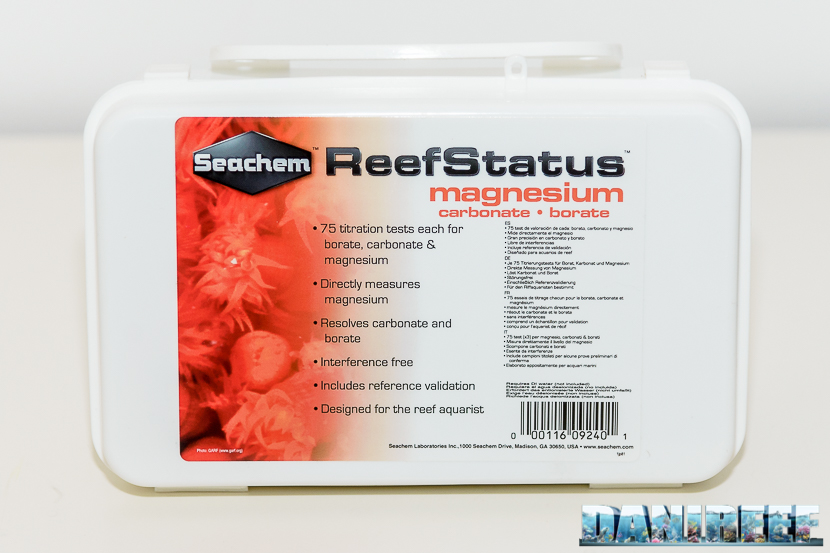
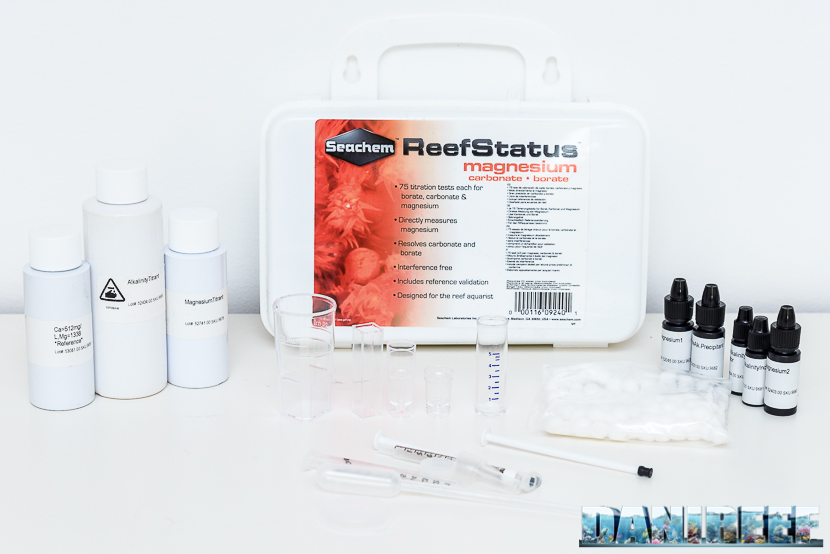
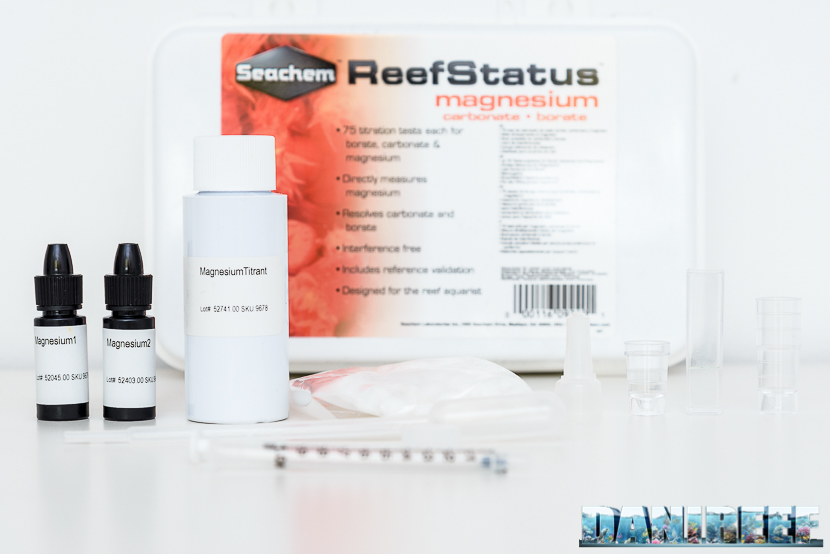
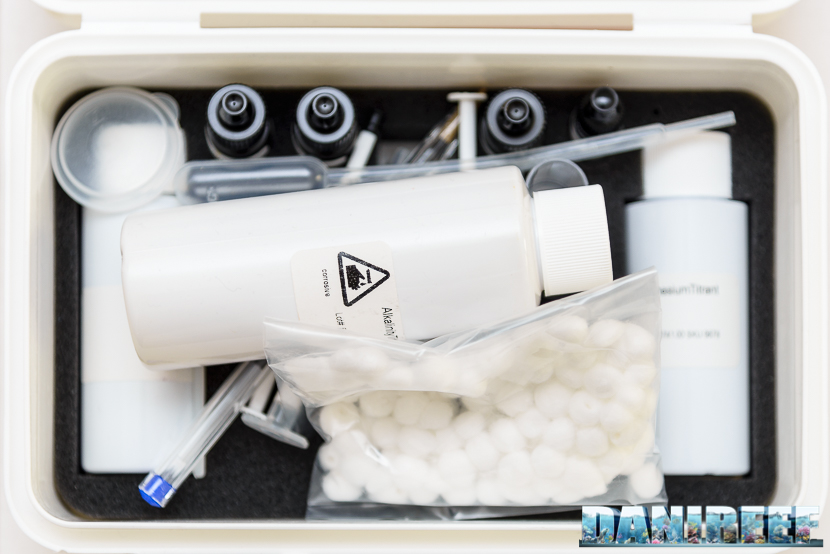
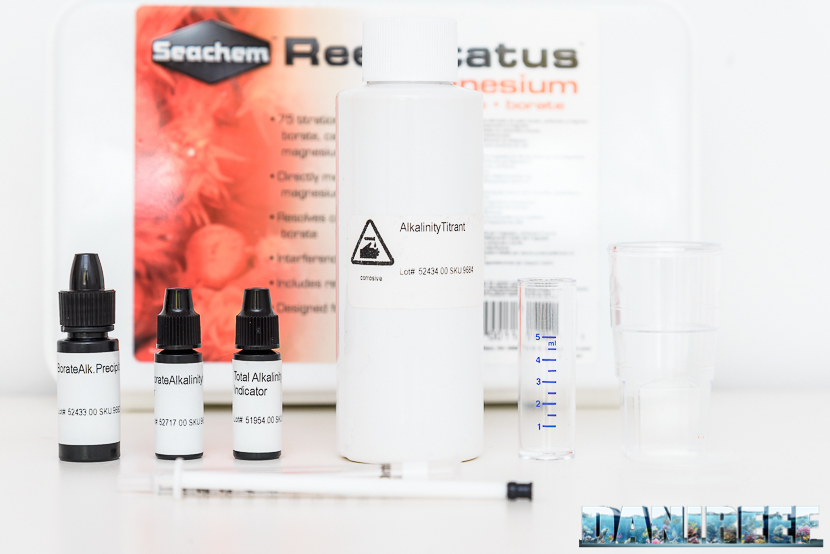
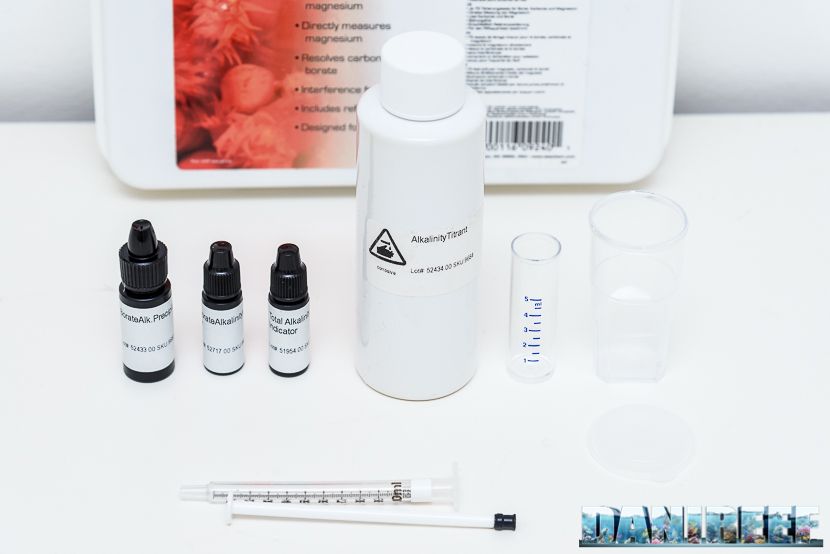

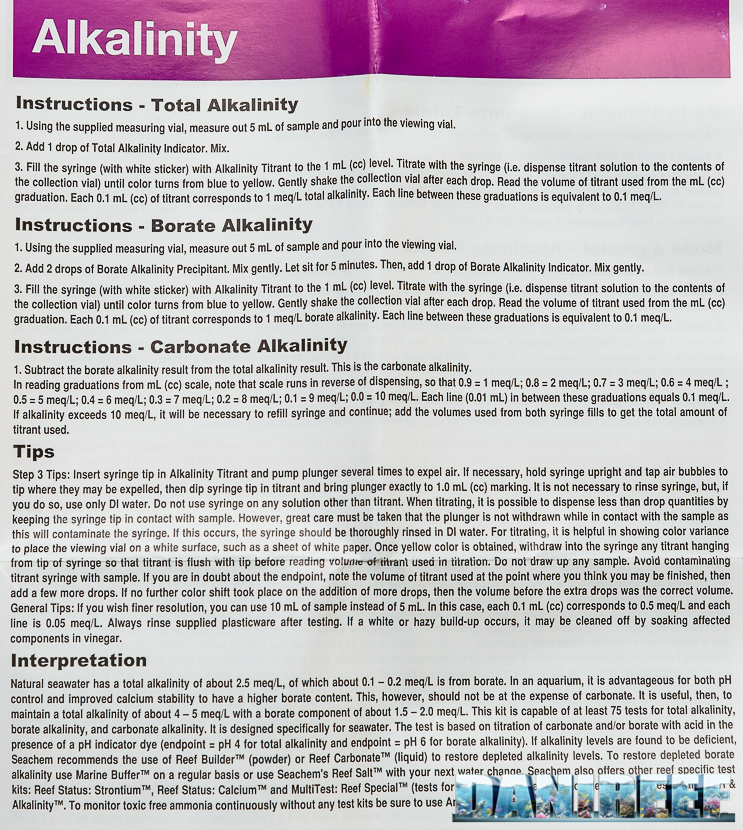







Pada hari ini dan seterusnya, postingan ini bisa mendapatkan banyak like dengan trik khusus! Segera kunjungi => www. unduhlike .com
Purchased the kit in order to measure Boron level. Unfortunately, after adding two drops of Borate Alkalinity Precipitant to a 5ml water sample, shaking to mix the content, then leaving it for 5 minutes, and finally adding a drop of Borate Alkalinity Indicator, the solution did not turn blue. As a result, the color could never change from blue to yellow. I’ll have to contact seachem for a refund.
i’ve recently added boric acid powder to my salt water pool in an effort to buffer pH rise. the ideal boric acid level is 50 ppm. i’m not a chemist. truth be told, making coffee is challenging.
will this kit ACCURATELY test boric acid level in ppm? i’ve tried the test strips, but their accuracy leaves much to be desired
it must be like this